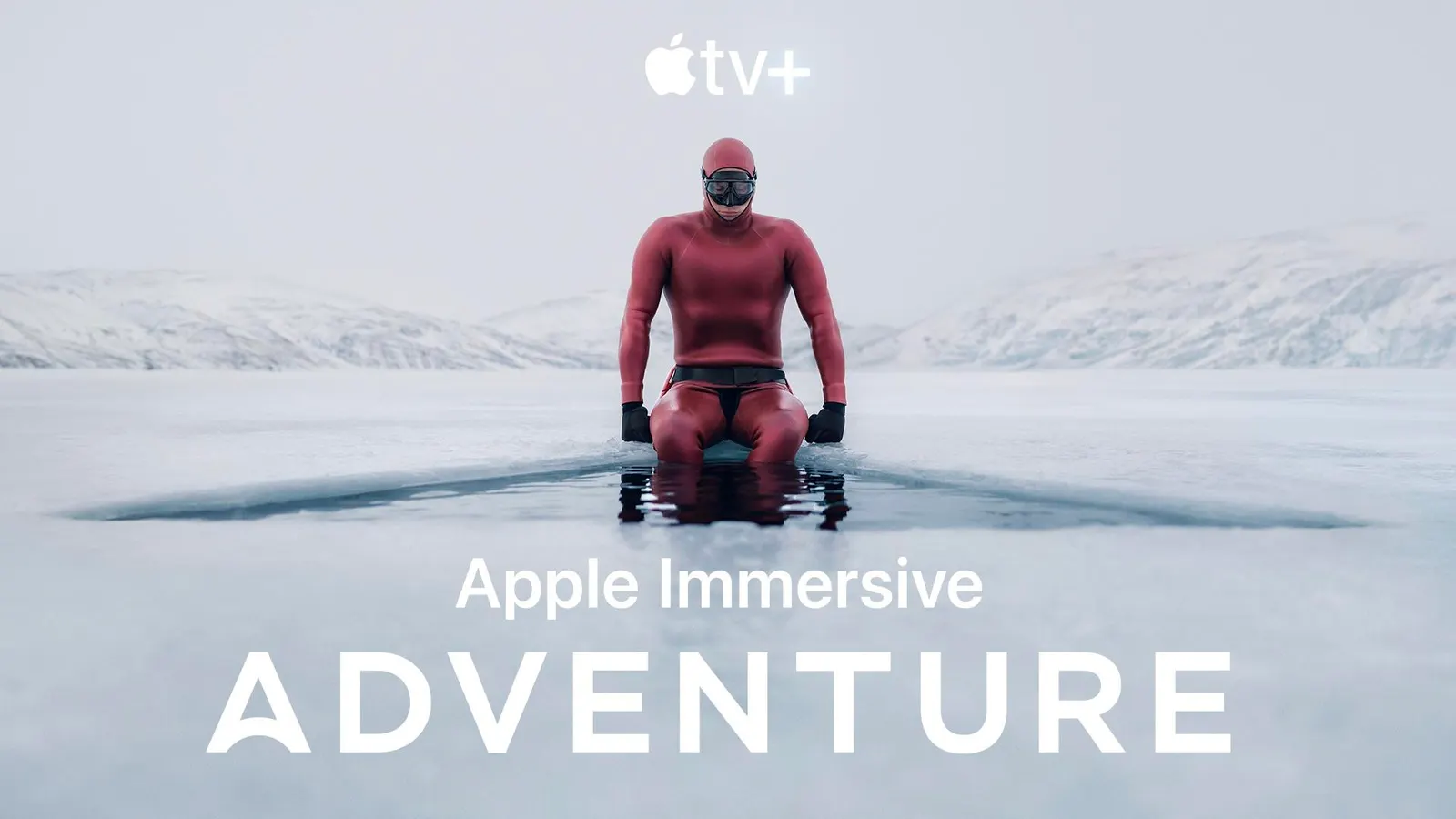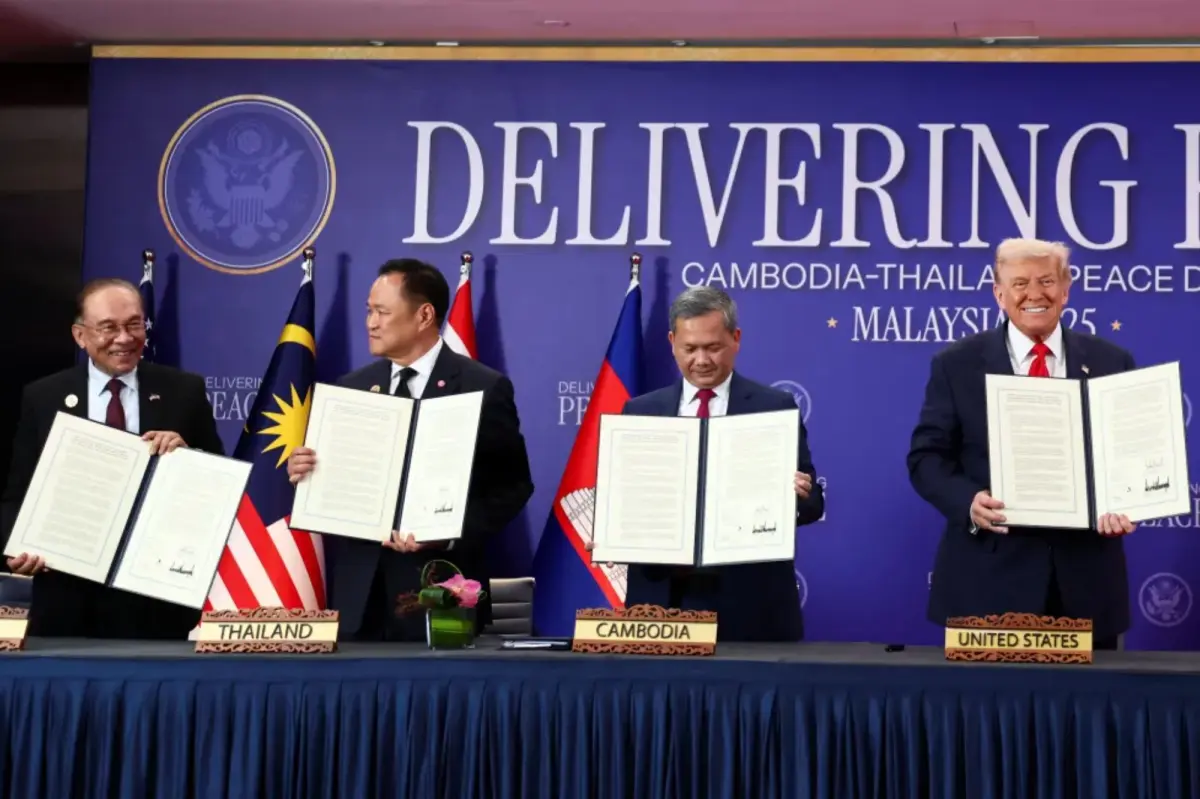Copyright forbes

Adventure is a five-part virtual reality exclusive series to Apple Vision Pro. The film takes the audience inside the lives of extreme athletes and how technology brings their experiences to life. Charlotte Mikkelborg More than 171 million people worldwide are estimated to be using virtual reality technology today and the global Virtual Reality market is projected to reach about $67.6 billion in the next few years. Charlotte Mikkelborg, an immersive director says when she first put on a VR headset ten years ago, she saw a future where presence itself could be the story. Her latest work, Adventure, a five-part VR exclusive series to Apple Vision Pro, takes the audience inside the lives of extreme athletes and how technology brings their experiences to life. “The series was shot on a proprietary Apple camera in 8K stereoscopic 3D with two lenses at 180 degrees so audiences can look around the scene while movement stays smooth enough to prevent motion sickness,” said Mikkelborg. “We developed precisely what we needed for the show.” Mikkelborg says each episode of Adventure required custom-built rigs and specific design to capture motion in environments from mountain climbs to underwater dives. On location in Paris with the director of the Apple Vision Pro film, Adventure. Charlotte Mikkelborg MORE FOR YOU “Postproduction is more complex in immersive mediums versus 2D,” she said. “You are dealing with a high level of shot detail which can require more VFX work. There’s the risk of stereo disparity and considerations of shot choreography." “A cut might feel loose on the monitor but too fast in headset and, as a result, you lose context and impact,” she added. Mikkelborg said Apple’s Vision Pro format focuses on 180-degree filmmaking rather than 360, which directs the viewer’s attention where it naturally falls and allows greater creative control. “180 focuses the super high resolution of these cameras and of the Vision Pro in the front half of your field of view which research shows us is where audiences are looking the vast majority of the time,” she added. Immersive storytelling XR artist Estella Tse approaches technology from a different but complementary angle. “It’s my tenth year in this industry and I still believe in its potential to elicit deep emotional experiences,” said Tse. “The immersive nature of VR metaphorically and literally puts the viewer into a different world. The brain feels like it is transported to another place. This is so powerful for building empathy and a felt experience.” VR artist, Estella Tse recreates Rembrant's The Night Watch with virtual reality at CES 2019 on January 8, 2019 in Las Vegas. Vincent Madero In 2019, Tse collaborated with the Dutch Pavillion at CES to bring people into the world of Rembrandt in the Night Watch. Tse planted all the pieces to look accurate from front-view, mimicking the 2D painting and allow the viewer would step into the piece. Mikkelborg says she designs for humans first. “My experiences are all designed to make sense, be as easy as possible, for the layperson to just hop in and see the work. That's the end result I aim for,” she said. “The nitty-gritty for me is getting 3D models, materials, shaders, and textures to carry from one 3D program to another without the quality and fidelity getting lost or changed.” Tse has used immersive installations to explore sustainability, empathy, and what it means to make art with technology that evolves faster than it can be preserved. “Another consideration that is less discussed in public is the ephemeral and fleeting lifetime of the XR pieces,” she said. “Its survival is truly dependent on if the software companies decide to keep the software, continue developing on it, or decide to can it all together." “This happens all the time,” said Tse. As a result, it makes my work impermanent and at the whim of some of these companies.” Tse says that the tension between art and infrastructure drives a lot of her practice. “I try to donate or lend out my older headsets to folks who wouldn't normally have access to the tech,” said Tse. “I’ve been trying to bring nature into my XR creations as much as possible to bring the organic and humanity into an otherwise tech-heavy experience.” Opening doors for creators Both Tse and Mikkelborg see opportunity in how XR opens doors for creators. “When these new mediums first began to come to the fore, I think there were a handful of women tired of the obstacles in the more male-dominated film industry who saw the nascent immersive sector as being full of possibilities to carve out a more egalitarian space,” said Mikkelborg. Tse said that as an Asian woman, people have perceived her to be submissive for most of her life. “I was naturally quite introverted, shy, and quiet for most of my childhood - much to many people's surprise! I've definitely learned to speak louder, take up more proverbial and physical space, and make my presence known,” she said. “I attended a VR conference in 2015 that focused on Unity’s 3D technologies,” she said. “I asked the panelist what software or skills I should learn as an artist hoping to get into VR. He told me, ‘Unity will be too difficult for you, so maybe learn Adobe programs.’ The other men laughed along with him. I said, ‘I’ve been coding since I was 12.’” For Tse, filmmakers like Mikkelborg show how XR can merge art and cinema. “I love it. Any creativity bringing out the humanity in XR is brilliant,” said Tse. “I love how tech and art push each other to continue to evolve.” Editorial StandardsReprints & Permissions



